The 10 best rated desktop audio interfaces under €200
Are you ready to get a new audio interface for your home studio or on the road? With so many choices out there, finding the best audio interface can be a challenge. Why not take a look at what others have to say? We’ve compiled a list of ten desktop USB audio interfaces that you can get for less than €200, sorted by customer ratings. Here’s our list of the 10 best rated desktop audio interfaces under €200.
How to choose an audio interface
Most of the interfaces in this price range offer two recording channels and two playback channels. This means that you can record one stereo source or two mono sources like a microphone and an electric guitar at the same time. Two playback channels means that the interface outputs one stereo signal from your DAW software, which is typically what you need for most home recording applications. For more advanced stuff, like grabbing an extra signal from the DAW and sending it through external effects, or preparing a separate headphone mix for a singer, you’d need additional outputs, which are hard to find in this price range.
You’ll find that there are various input and output configurations available. Most interfaces on this list offer two microphone inputs with preamps, while others come with just one microphone input and one 1/4” input for a guitar or a line level signal. What you choose depends on your recording needs. If you’re a singer/songwriter who records one vocal and one (electric) guitar, one microphone input will be enough. If you need two microphones, two mic inputs is the way to go.
Since the microphone inputs of most audio interfaces can also accept instrument or line level signals, two mic inputs offer more flexibility in the long run. On many interfaces in this price range, the inputs use XLR-1/4” combo jacks, into which you can plug a microphone, guitar or a line level source like a synth. Often, there’s a button labeled “Inst” or “Hi-Z”, which you can press to activate the Hi-Z mode (high impedance) when plugging in a guitar. Another button is usually labeled “48V” or “phantom power”. This activates the phantom power supply for condenser microphones. Be sure to turn this off when plugging in a dynamic mic or instrument!
Direct monitoring
Most desktop audio interfaces offer a monitor knob, which is used to blend the direct signal from the inputs into the headphone signal (direct monitoring). This allows you to listen to the input signal while recording, without sending it to the computer, through the DAW software, and back to the interface. Direct monitoring eliminates the latency that would otherwise occur on this round trip. For home recording setups without a mixer, direct monitoring is a must.
What’s the deal with USB 2.0, USB 3 and USB-C?
All of the interfaces on this list connect to your computer or mobile device via USB. But there’s a variety of connectors and standards available: USB 2.0, USB 3.0, USB 3.1, USB-C – what should you choose and why?
To clear things up a bit, USB 2.0, USB 3.0 and USB 3.1 refer to different versions (and speeds) of the USB specification, while USB-C is a name for a specific type of connector. Most USB 2.0 and USB 3.0 connections use the older, familiar USB-A and USB-B connectors. The newer USB-C port is often found on newer laptops and computers, and it typically carries a USB 3.1 signal, which is considerably faster.
However, that doesn’t mean that all audio interfaces with a USB-C connector actually make use of the speed of the USB 3.1 specification. For recording and playing back two audio channels, USB 2.0 is more than fast enough, and many interfaces that connect via USB-C actually use USB 2.0, albeit over a newer type of plug. So why should you choose an interface with a USB-C connector, when it’s not really needed for speed?
There are two main reasons. The first is that you won’t need an adapter to connect it to USB-C ports on your computer. As it is to be expected that the older USB-A ports will slowly disappear, an interface with a USB-C connector is a future-proof investment. The second reason is that USB-C connections can carry more power than the older standards. This means that even power-hungry audio interfaces can be bus-powered and don’t require an external power supply. At this point, I’d definitely go for a USB-C interface myself.
The 10 best rated audio interfaces under €200
It’s time for our list! We’ve looked at customer ratings at our partner Thomann* and compiled a list of the ten best rated interfaces under €200. Hopefully, that’ll make it a bit easier for you to choose your next audio interface!
1. Focusrite Scarlett 2i2 3rd Gen
Focusrite’s Scarlett Range is a popular choice for home recording, and it’s easy to see why. The third generation, which was introduced in 2019, introduced USB-C connectors and a new Air mode for the preamps. The Scarlett 2i2 records at up to 24 bit/192 kHz and offers two combo inputs (microphone, line, instrument) with Scarlett preamps. The interface also features two line outputs, a headphone output and direct monitoring.
You can get the Focusrite Scarlett 2i2 3rd Gen from Thomann* for €149.
2. SSL 2
SSL made big news in 2020 when the legendary manufacturer of large-format mixing desks announced a pair of budget desktop audio interfaces. The SSL 2 comes with a pair of SSL preamps with level meters and a special “Legacy 4K” effect, which is supposed to add a bit of that SSL 4000 sparkle to your recordings. The interface is capable of a 24 bit/192 kHz resolution. Other features include an integrated monitoring section (with a volume knob that goes to 11!) and a USB-C connector. As a slightly more expensive alternative, you can opt for the SSL 2+, which adds a second pair of outputs and MIDI In/Out.
The SSL 2 is available from Thomann* for €194.
3. MOTU M2
American manufacturer MOTU has a long history of excellence in audio interfaces. The compact M2 came out in late 2019 and brings this legacy to the desktop. It features a 24 bit/192 kHz resolution and two microphone preamps with level meters. For the line outputs, you have a choice of 1/4” TRS and RCA connectors, so you can easily connect the interface to your home stereo or DJ setup. Direct monitoring can be activated for each input individually. The M2 also features MIDI In/Out. The interface uses a USB-C connector.
The MOTU M2 is available from Thomann* for €195.
4. PreSonus Studio 26c
Unlike the previous three interfaces, the PreSonus Studio 26c offers two pairs of line outputs. This means that you can create a separate headphone mix for a singer in your DAW, or use the extra outputs as cue outs for DJing, for example. Other features of this USB-C interface include two XMAX-L microphone preamps with level meters, latency-free direct monitoring and a maximum resolution of 24 bit/192 kHz. One drawback is that the headphone output is in the back.
You can get the PreSonus Studio 26c from Thomann* for €199.
5. Native Instruments Komplete Audio 2
The Native Instruments Komplete Audio 2 offers two inputs for microphones, line or instrument signals and two line outputs. The direct monitoring feature allows you to monitor the inputs without any latency via the headphone output. One interesting feature of this interface is that the level meters are located on top, along with a large volume knob. The Komplete Audio 2 uses a USB 2.0 connection(USB-B connector), but can be bus-powered.
The NI Komplete Audio 2 is available from Thomann* for €119.
6. Audient iD4 MKII
This brand new interface from British manufacturer Audient was introduced earlier this year. The iD4 MKII is a desktop interface with one mic/line input and one instrument input. It offers a Class-A microphone preamp that uses the same circuit as the Audient ASP8024-HE recording console. Other features of the USB-C interface include direct monitoring and dual headphone outputs. The iD4 MKII records at up to 24 bit/96 kHz.
You can get the Audient iD4 MKII from Thomann for €139.
7. Focusrite Scarlett Solo 3rd Gen
The second Focusrite Scarlett interface on this list is a more affordable solution for those who don’t need two microphone inputs. The Scarlett Solo 3rd Gen features one mic input and one instrument/line input. The other features mirror those of the Scarlett 2i2: two line outputs, direct monitoring and a USB-C connection.
The Scarlett Solo 3rd Gen is available at Thomann* for €104.
8. Behringer UMC204HD
Behringer is mainly known for low prices, and the UMC204HD is no exception. For just €79, this interface gives you two mic/line/instrument inputs with MIDAS preamps, four output channels and MIDI In/Out. In addition to the four RCA output jacks (which are great for DJing), the UMC204HD offers a stereo main output for your speakers. The two insert jacks, which you can use to add external effects while recording, are another unique feature. The interface uses a USB 2.0 connection and records at up to 24 bit/192 kHz.
The Behringer UMC204HD is available at Thomann* for €79.
9. Behringer UMC404HD
The second Behringer interface on this list is the only one with more than two inputs. The UMC404HDoffers four mic/line/instrument inputs with MIDAS preamps, which are accompanied by four inserts. You also get more output options: All four playback outputs are available in 1/4” and RCAformat, and the stereo main output offers 1/4” and XLR options. The other features are the same as on the UMC204HD.
You can order the Behringer UMC404HD from Thomann* for €118.
10. Steinberg UR22 MK2
This interface has been out for a number of years, and it’s actually been superseded by the newer URC series. But the UR22 MK2 still has a lot of fans, as the ratings show. It’s a USB 2.0 interface that offers a maximum resolution of 24 bit/192 kHz. The UR22 MK2 features two mic/line inputs with D-PRE preamps. Input 2 can serve as a Hi-Z instrument input. Other feature include direct monitoring and MIDI In/Out.
The Steinberg UR22 MK2 is available from Thomann* for €129.
(*affiliate links)
One response to “The 10 best rated desktop audio interfaces under €200”
 4,3 / 5,0 |
4,3 / 5,0 | 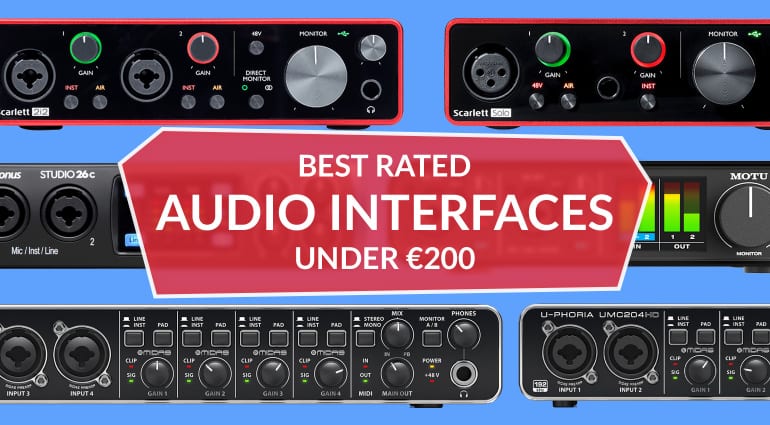

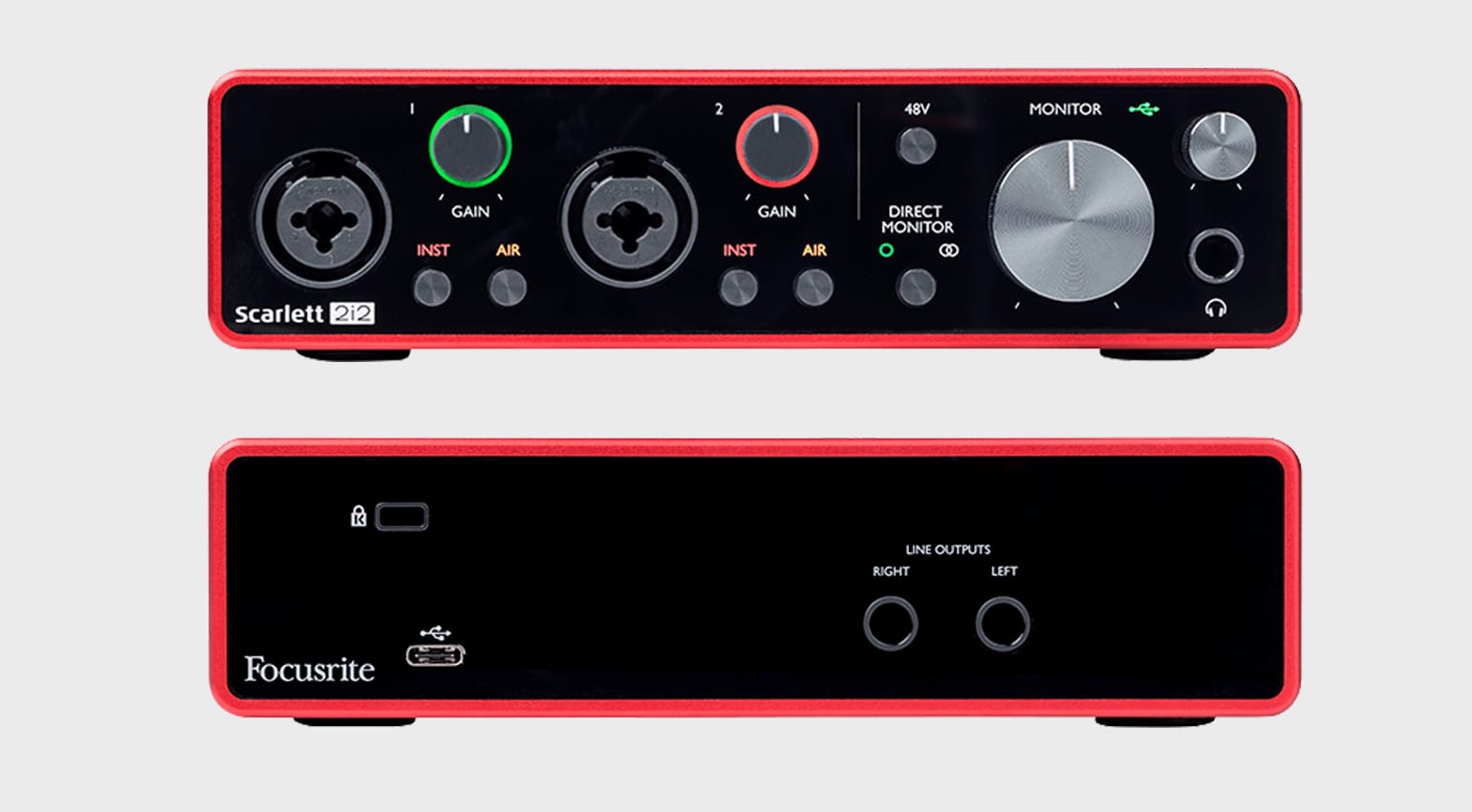
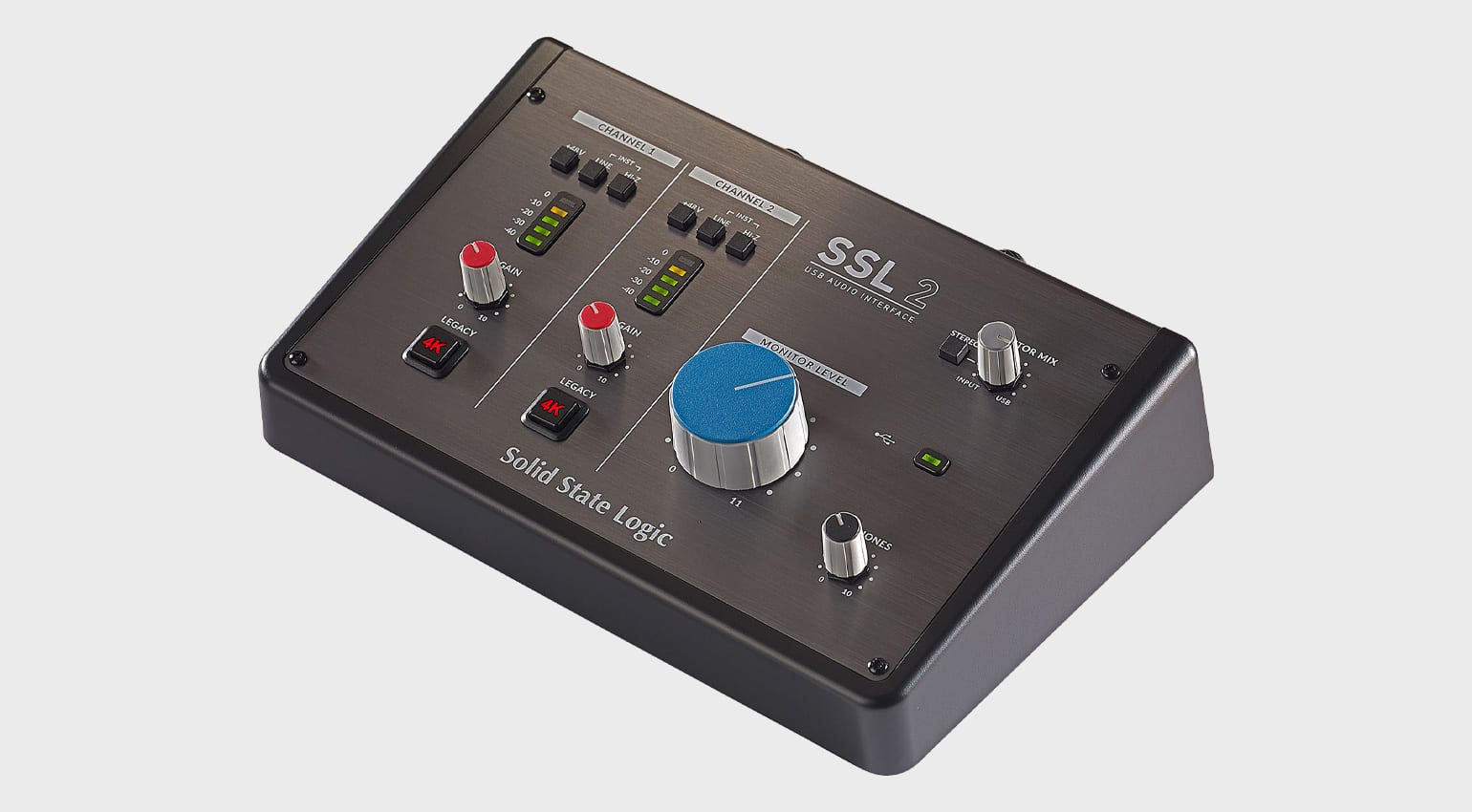
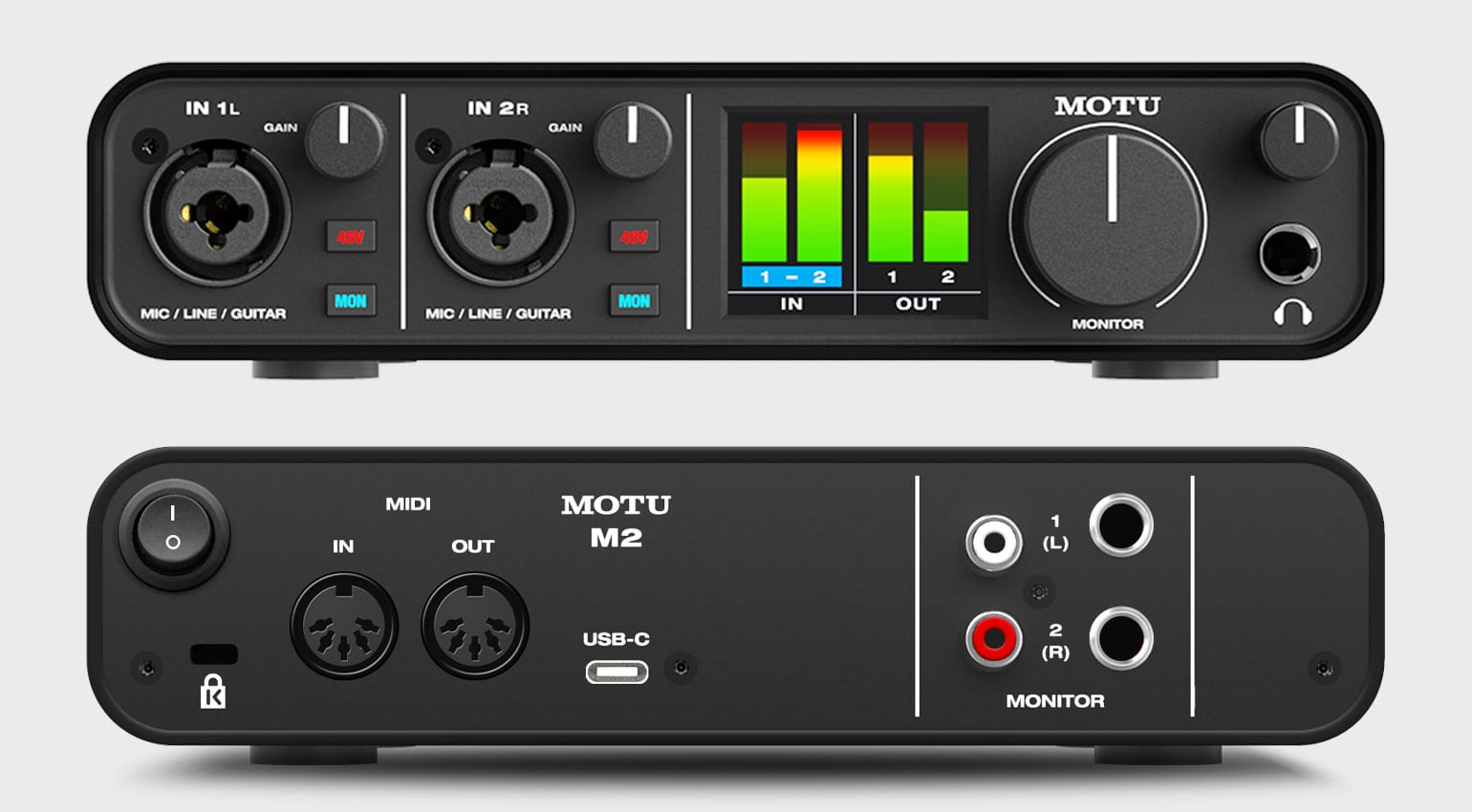
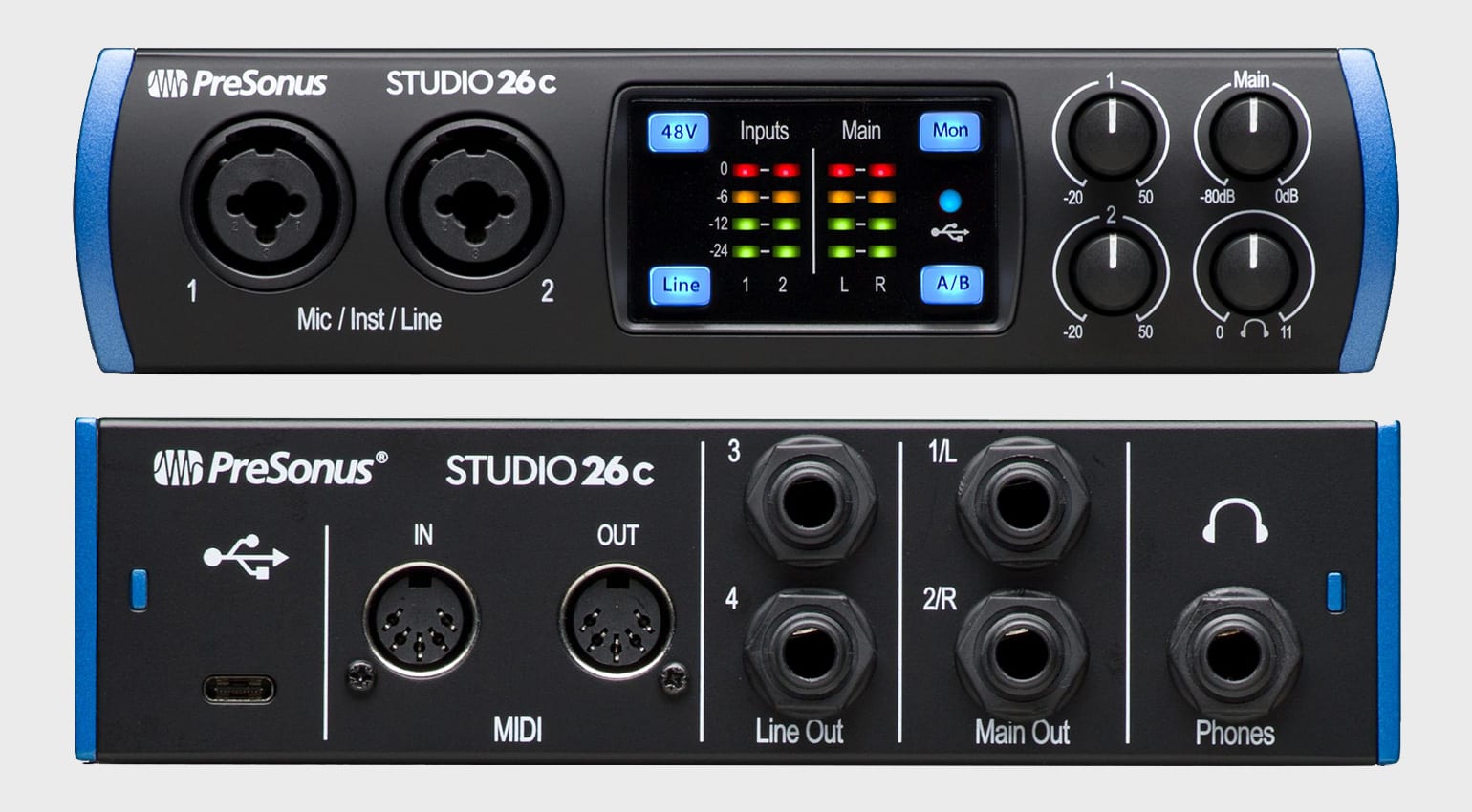
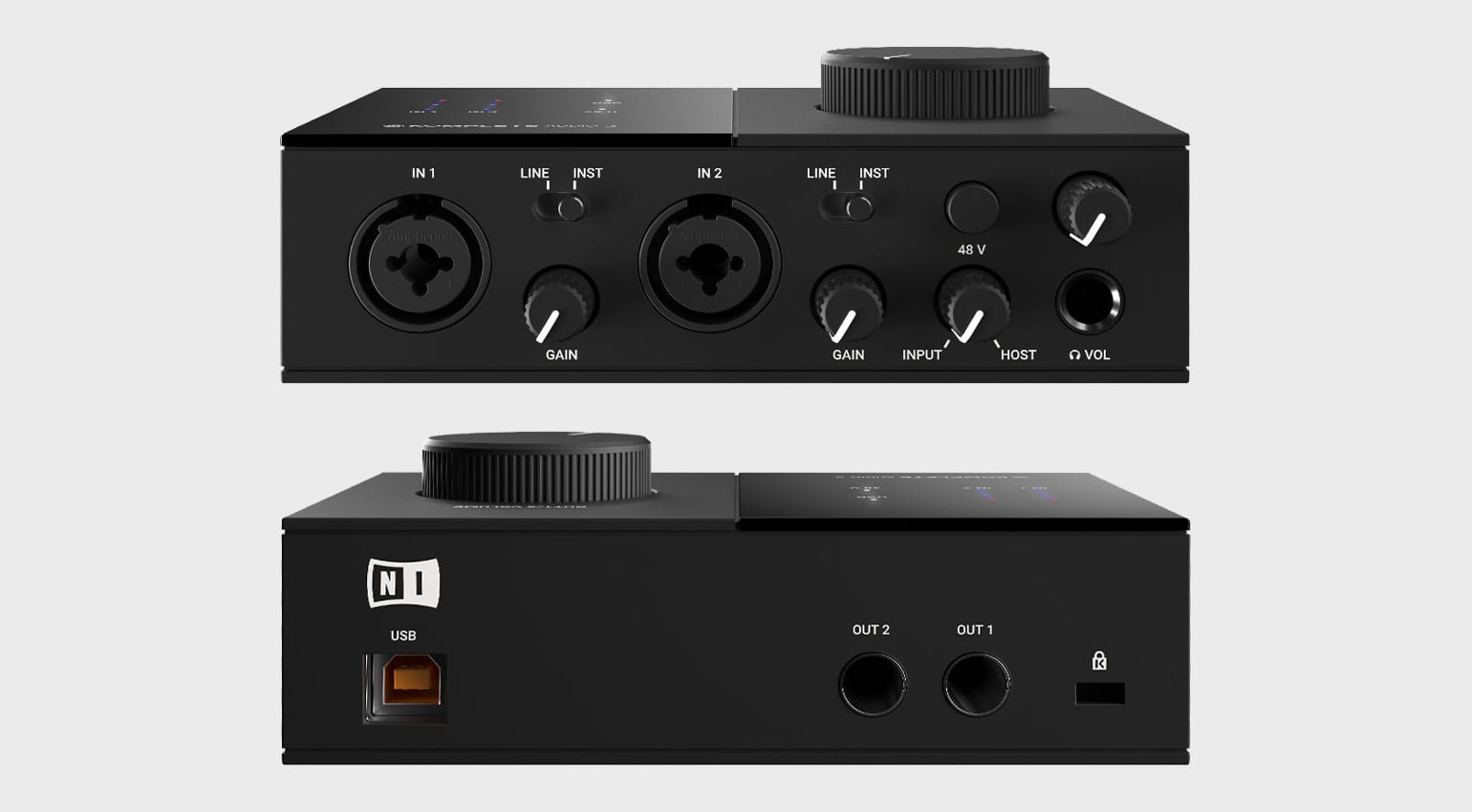
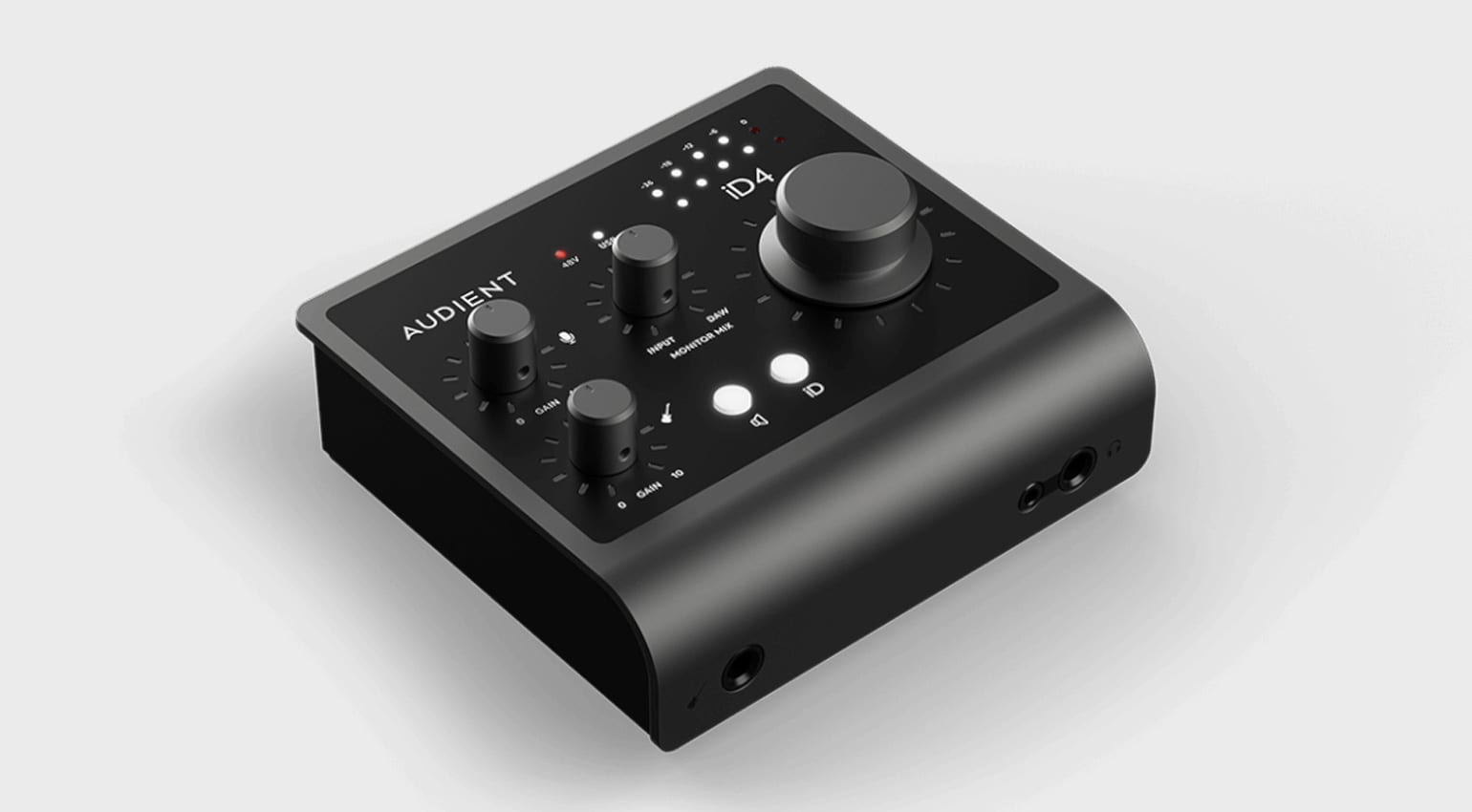
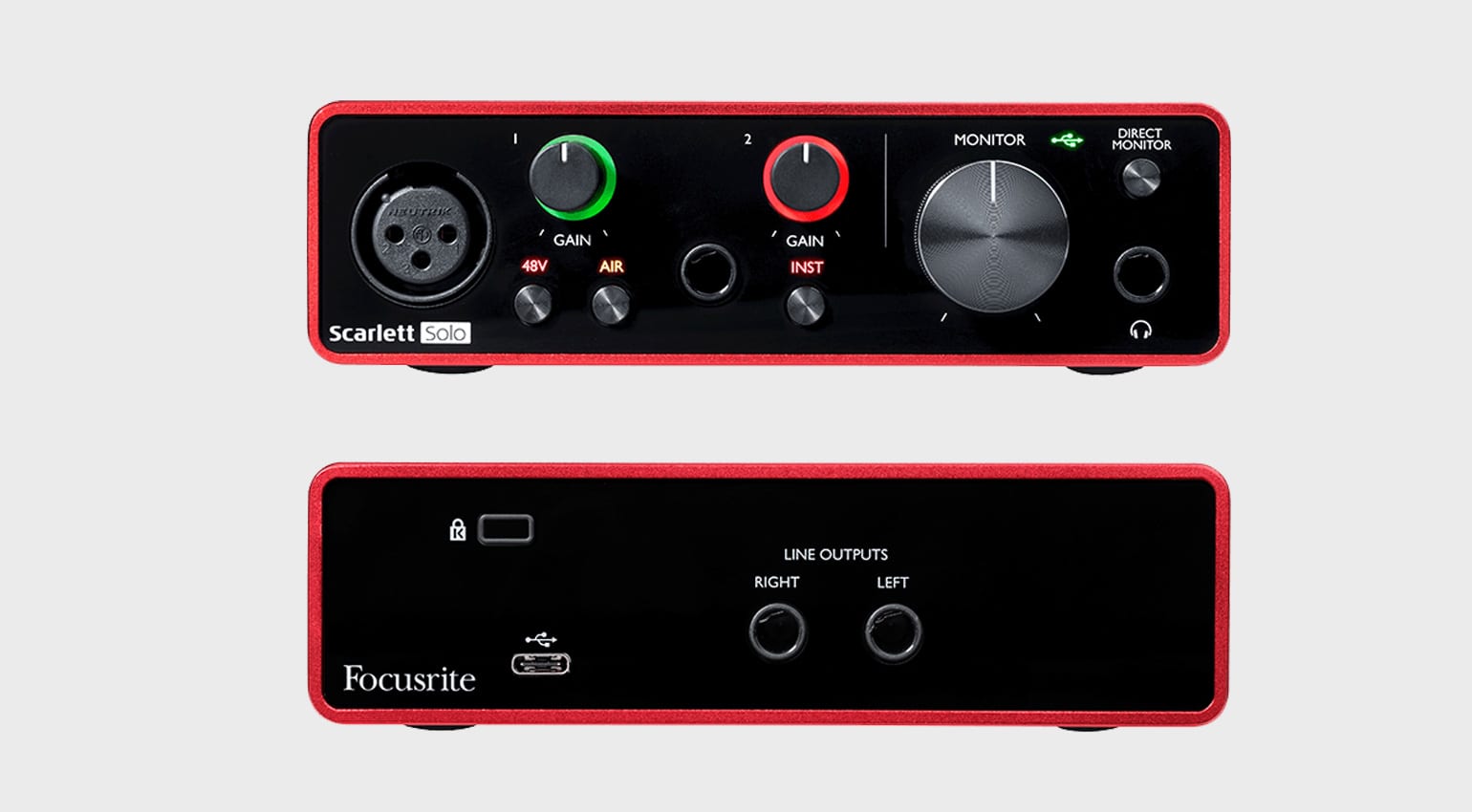
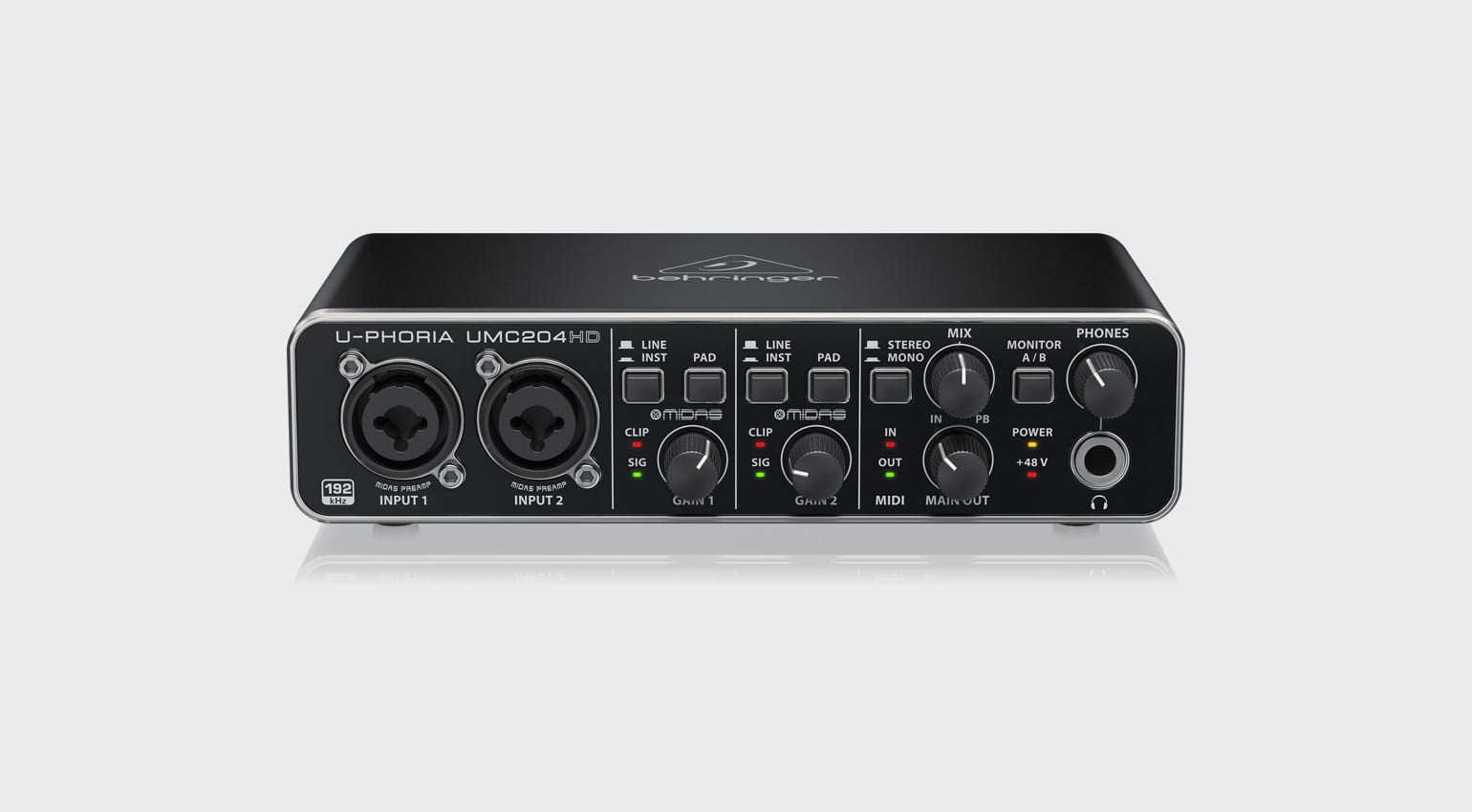
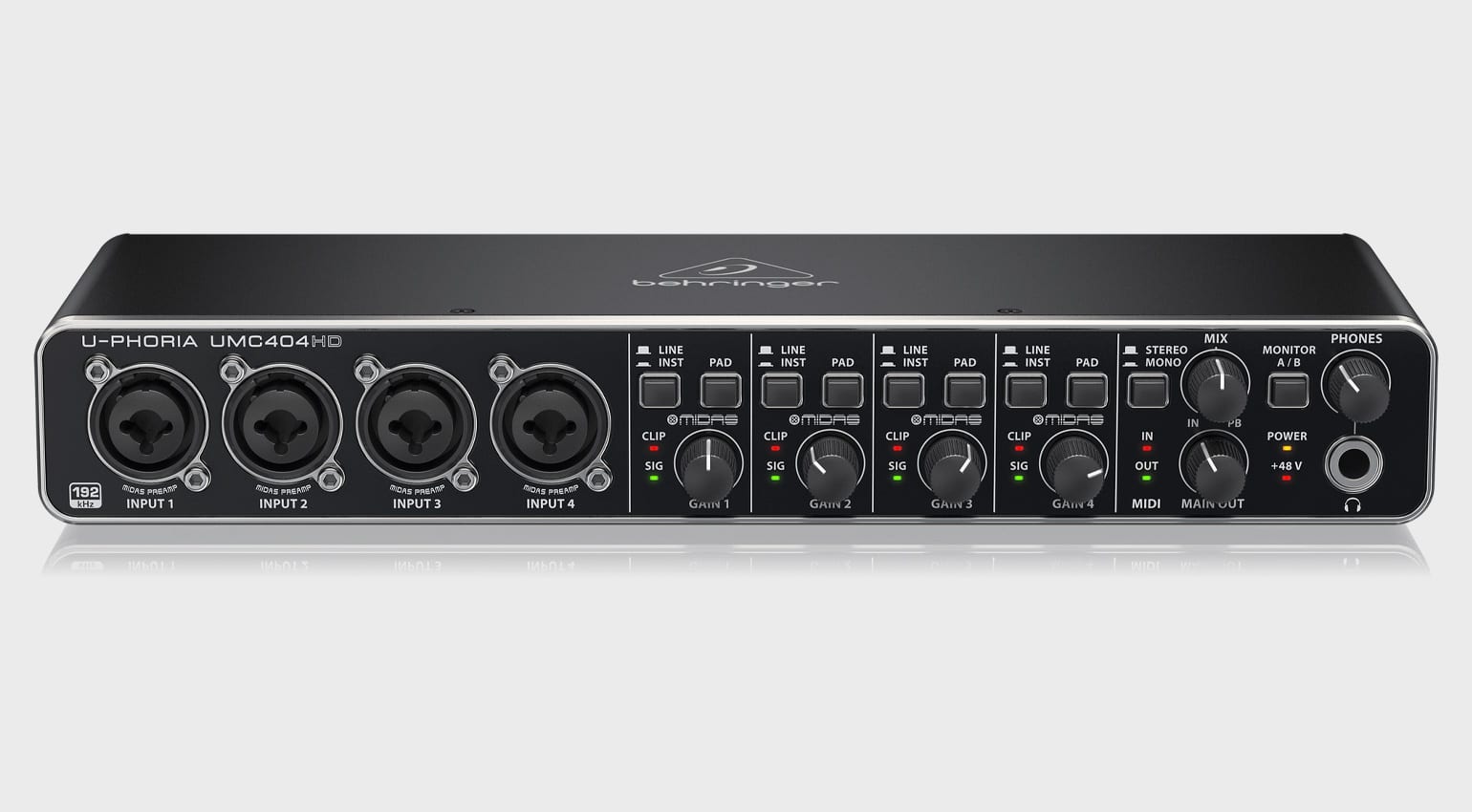
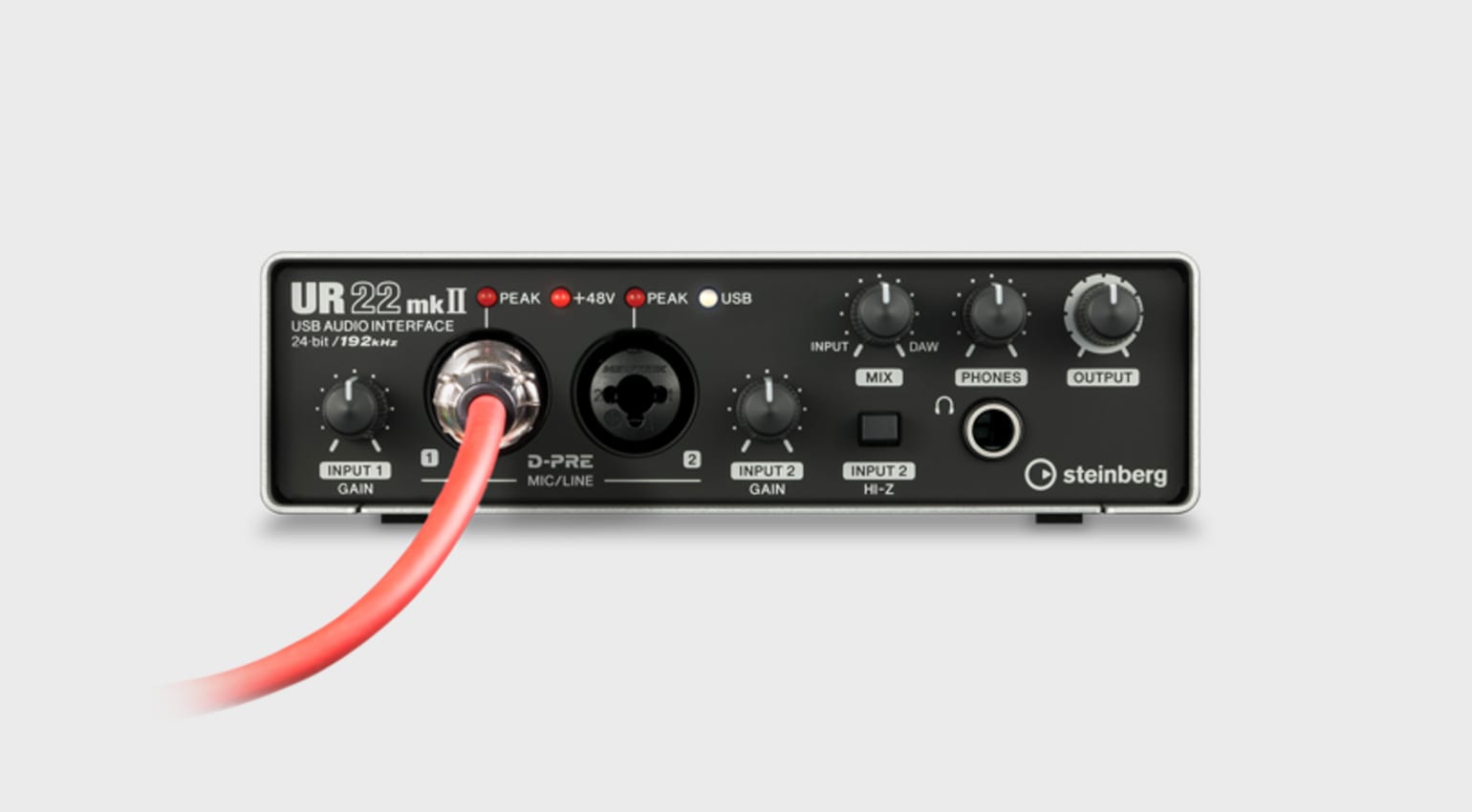
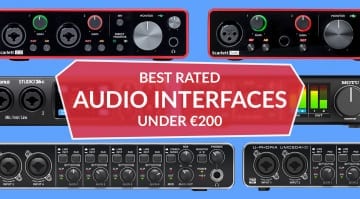

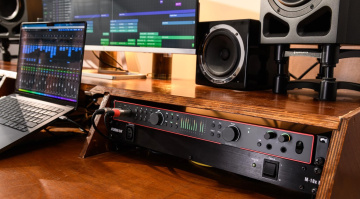
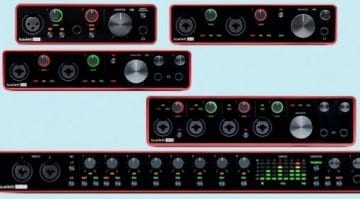



The Behringer UMC1820 is €162.66/USD$199 with 8 in/8 out plus SPDIF and ADAT for 8 more in/out, stereo out, and 2 headphone jacks. Kind of surprised it didn’t make the list with such good value.